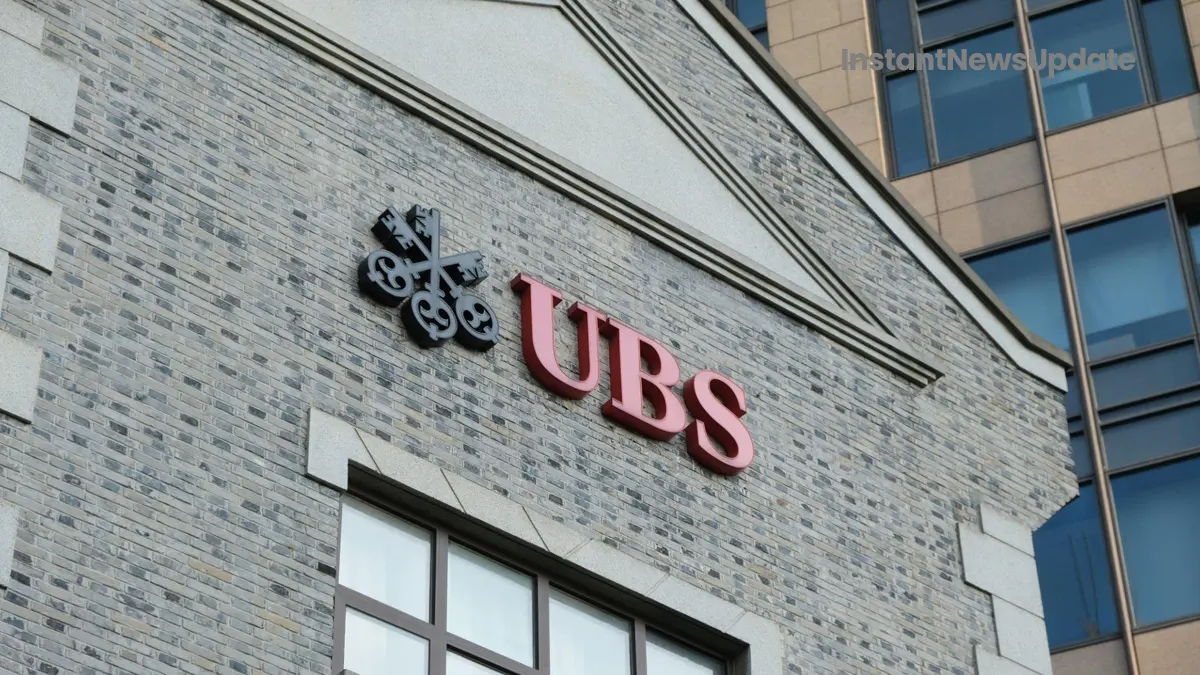In a strategic move with far-reaching implications, UBS Group has unveiled its decision to fully absorb Credit Suisse’s domestic bank. Despite potential backlash and job losses, the consolidation represents a substantial leap forward for both financial giants.
Merger Amidst Challenges
The announcement coincided with UBS’s release of its inaugural earnings report post the acquisition of its struggling counterpart. While critics suggest that UBS could have opted for a spin-off and IPO route, the solid profitability of Credit Suisse’s domestic bank played a pivotal role in shaping this decision.
A Calculated Approach
UBS’s Chief Executive, Sergio Ermotti, asserted that an in-depth analysis clearly substantiates the benefits of a complete integration. Ermotti emphasized that the two Swiss entities would maintain separate operations until their anticipated legal merger in 2024. This gradual process would culminate with the full migration of clients onto UBS systems by 2025.
Aiming Higher on Cost Savings
Elevating the stakes, UBS also revised its anticipated cost-savings from the merger. The financial institution now envisions a staggering $10 billion in savings by the end of 2026, surpassing its earlier projection of $8 billion by 2027. The majority of these savings are projected to be derived from workforce reduction.
Upholding Client Confidence
The successful retention of existing Credit Suisse clients is deemed vital for the seamless execution of this monumental venture. Although Credit Suisse witnessed substantial net asset outflows in the second quarter, UBS reported that the pace of these outflows has slowed, even turning positive in June.
Opportunities and Challenges
The merger, orchestrated at the behest of Swiss regulatory authorities, marks a historic event as the world’s first-ever consolidation of two globally significant banks. While UBS has capitalized on the advantageous acquisition price of just 3 billion Swiss francs, the complex and swift nature of the merger also raises substantial operational risks.
Financial Landscape and Gains
UBS reported an impressive net profit of $29 billion for the second quarter. This exceptional performance was propelled by a substantial one-off gain, underscoring the acquisition’s cost-effectiveness. Notably, UBS shares have surged approximately 30% since the merger announcement, reaching heights not seen in 15 years.
In the coming years, UBS’s ability to navigate the complexities of integration, risk management, and workforce optimization will be closely monitored, as the financial world watches the evolution of this unprecedented merger.









